Purposeful play is a wonderful subject to discuss and observe. It is an aspect of Maria Montessori’s work that is linked highly to the cognitive ability of the child and the constant development of the child through their primary years. Purposeful play can be one of the most creative times of the day. To observe such a spectacle is mesmerizing and gives adults a window of opportunity into the creative mind of the individual. It is a time when we can see a child’s true creativity, as they combine their experiences, interests and memories to create something unimaginable to the outside world.
Whilst working in France early in my career, I observed children in classrooms filled with expensive toys. She spent hours trying to inspire them to play with these toys but each time, the children became restless and left feeling uninspired. I likened this kind of forced play to a wall street trader being forced to play with lego all day. Like anything they would become painful if we were obliged to pursue them continuously. From this we can deduce that it is highly meaningful to allow children to pursue purposeful play, but it must be on the terms of the child. If forced by the teacher, the child will become restless and this will stifle their ability to achieve mastery or tap into their state of real creativity.

In the early days of educational research, teachers spent hours observing children in the natural and prepared environments. They looked for patterns and behaviours that would assist them in developing an educational platform that could enhance the learning experience for all. During my first days in the presence of children, I noticed that they were not only inquisitive, but saw the world in a way that my lecturers had never mentioned. The children saw order in the world, they saw systems, relationships, and with their inquisitive minds they would be more than willing to rectify the order if it was, for some reason, disrupted.
Maria Montessori spoke of a day when she observed a teacher who, on entering the classroom, dropped her teaching materials. They were coloured beads of many shades. The teacher in question was extremely embarrassed and as this action startled the class, it also led Maria to discover something that would revolutionize the way educators would see their prepared environments. Almost automatically, the children gathered around the teacher and began collecting the beads, ordering them and arranging them by colour and shade. From this we can conclude that children are indeed inquisitive and although they were not asked to help the teacher, they chose to. This freedom to choose enabled Montessori to establish rules that would shape the way we prepare our classroom environments.
Freedom of choice is a great responsibility that must be managed by the classroom teacher. There must always be boundaries and ‘non-negotiables’ which allow children to make choices but within certain parameters. From her early observations, Montessori realised that children who were given such freedoms would become accustomed to selecting the same materials each day. This repetition allowed children to master a particular skill or concept but also allowed the children to avoid certain materials and activities.
The avoidance tactics used by children can be a signal of many things to the classroom teacher. Amongst other things, the child may find the subject to which the materials relate to as uninspiring. The child may find the concepts which surround this subject too difficult or the display of the materials in the environment may not be attractive to the child. The job of the classroom teacher, among other things, is to make sure that the curriculum is delivered effectively with adherence to the time allocation requirements set by the state. It is important that the director first observes and records which materials the child is avoiding and which materials the child is frequently using. From these observations there are many tactics the teacher can deploy in order to inspire a wider range of choice within the classroom.
“If the plant doesn’t grow, you don’t change the seed, you simply change the pot in which it sits.”



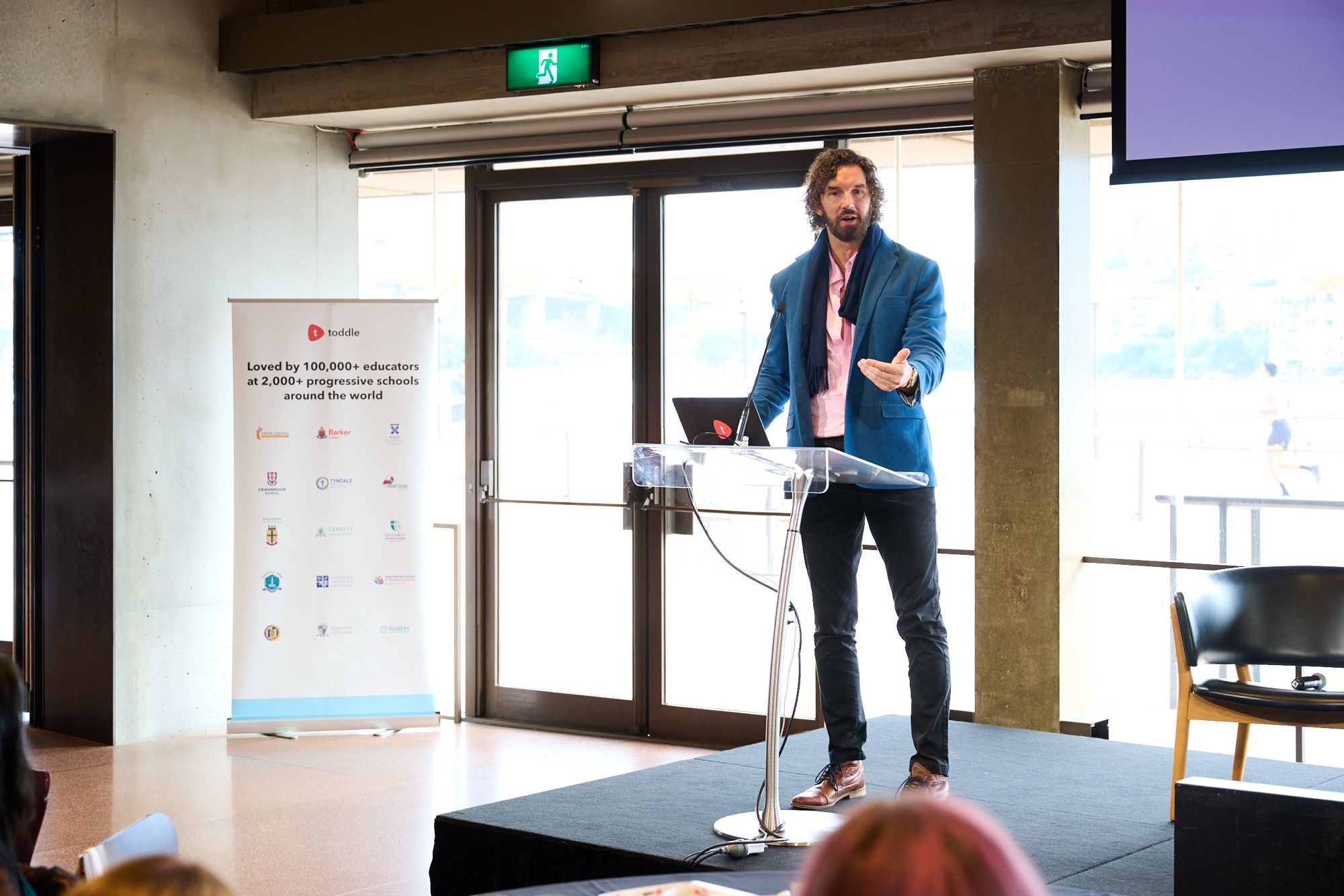
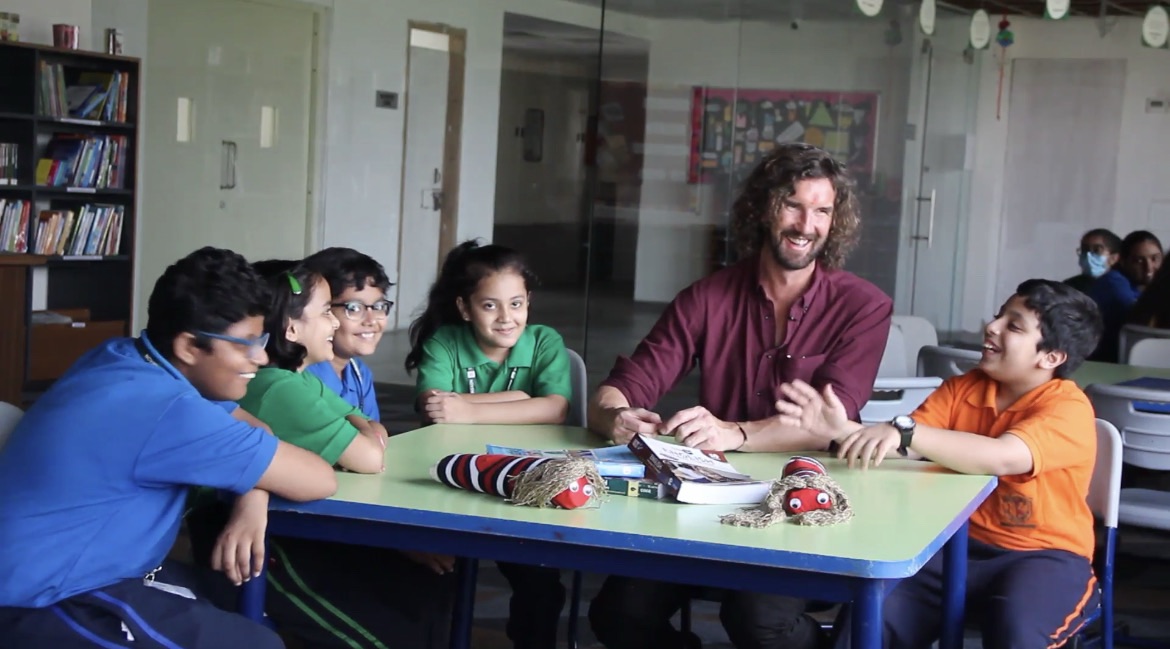
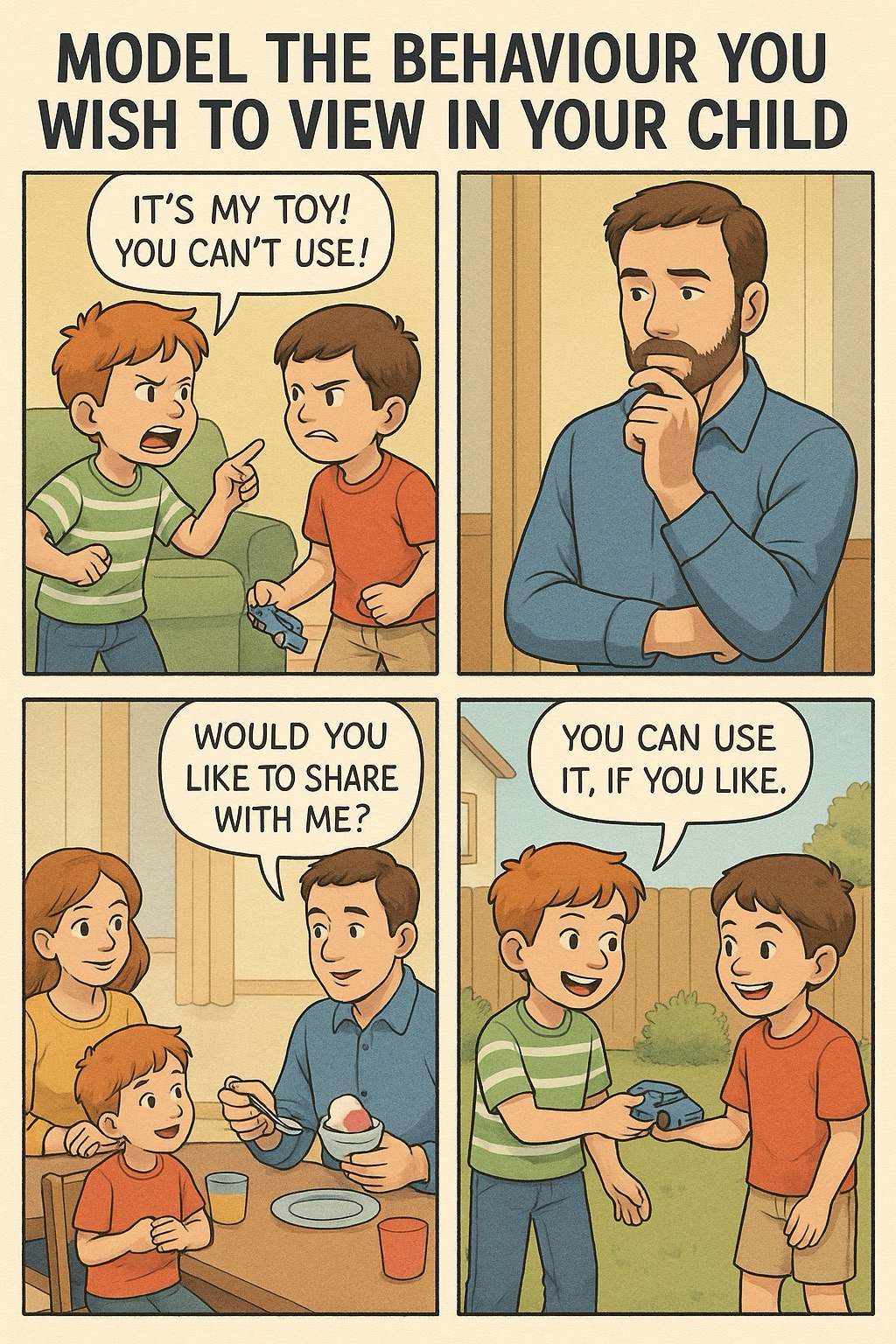
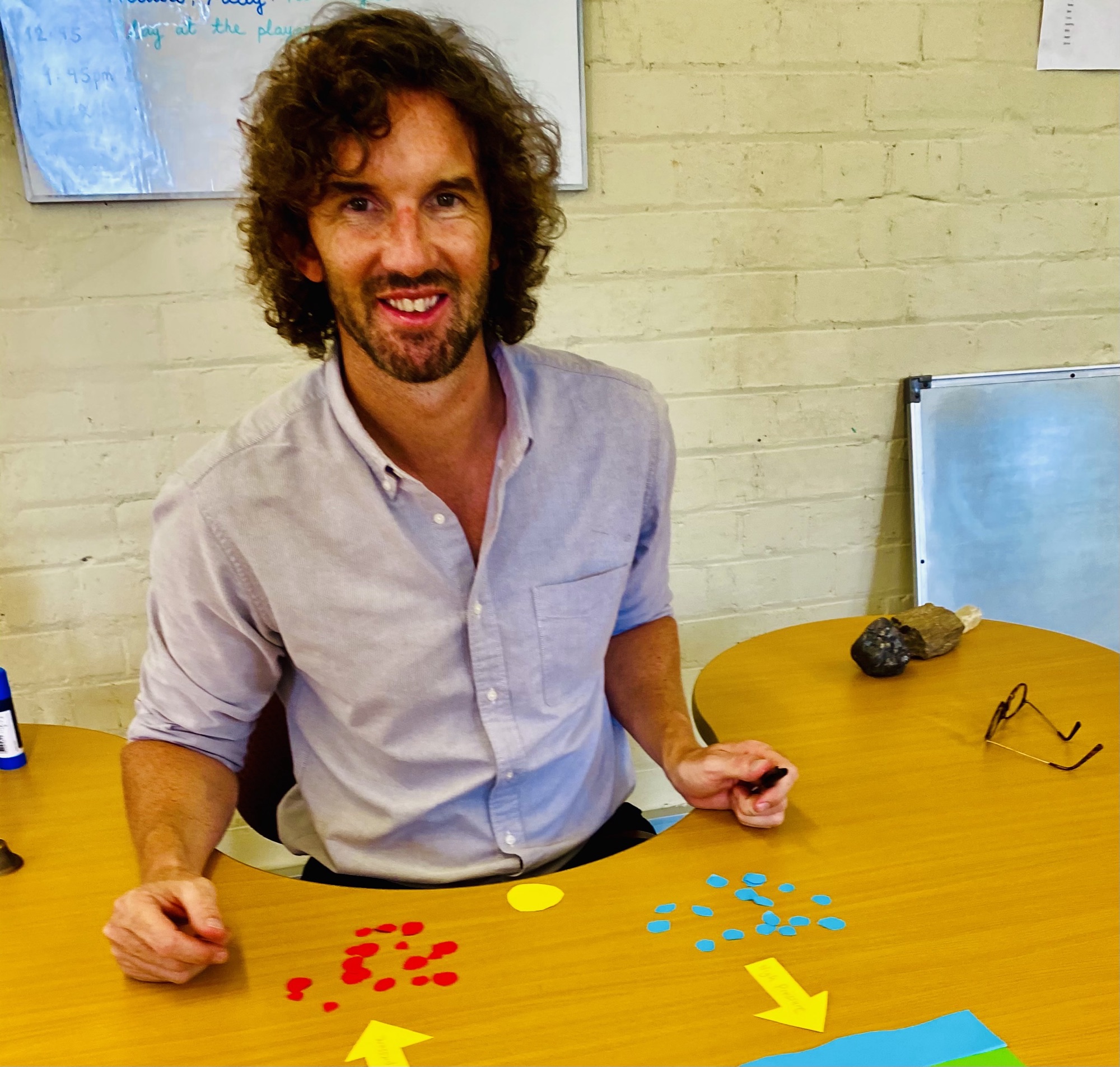


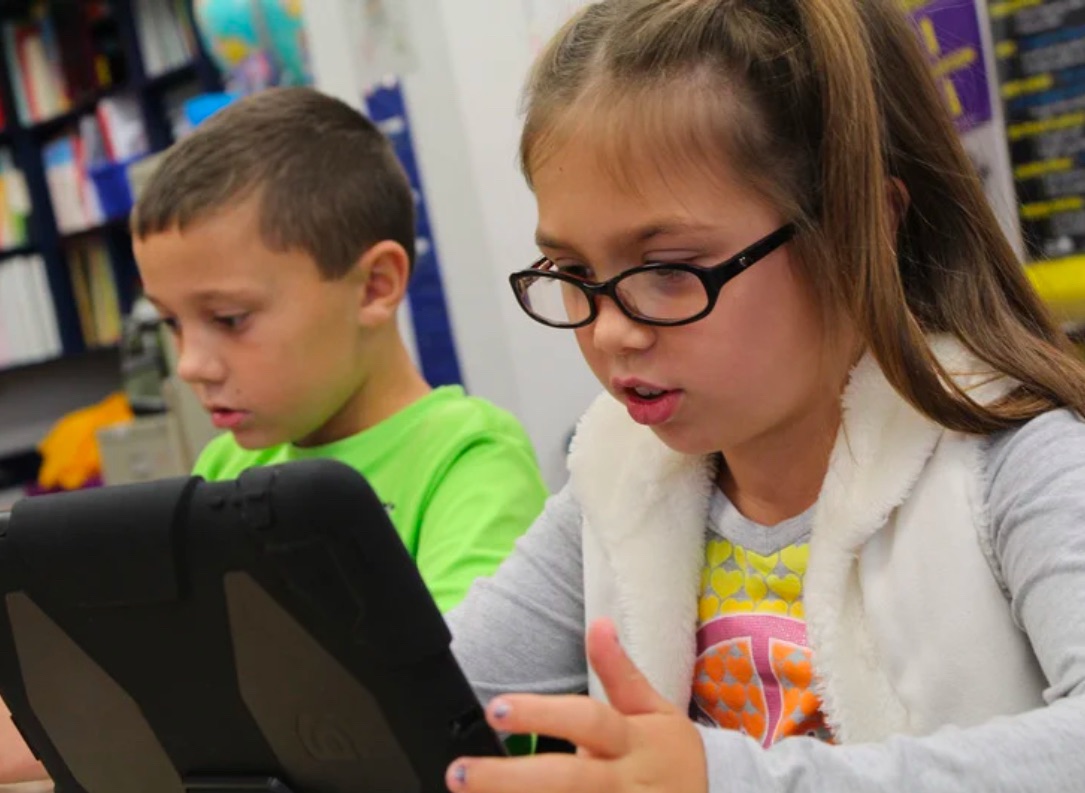
2 Responses
Fascinating article! These children showed empathy and compassion which was not required of them. I love the concepts of freedom off choice and challenge!